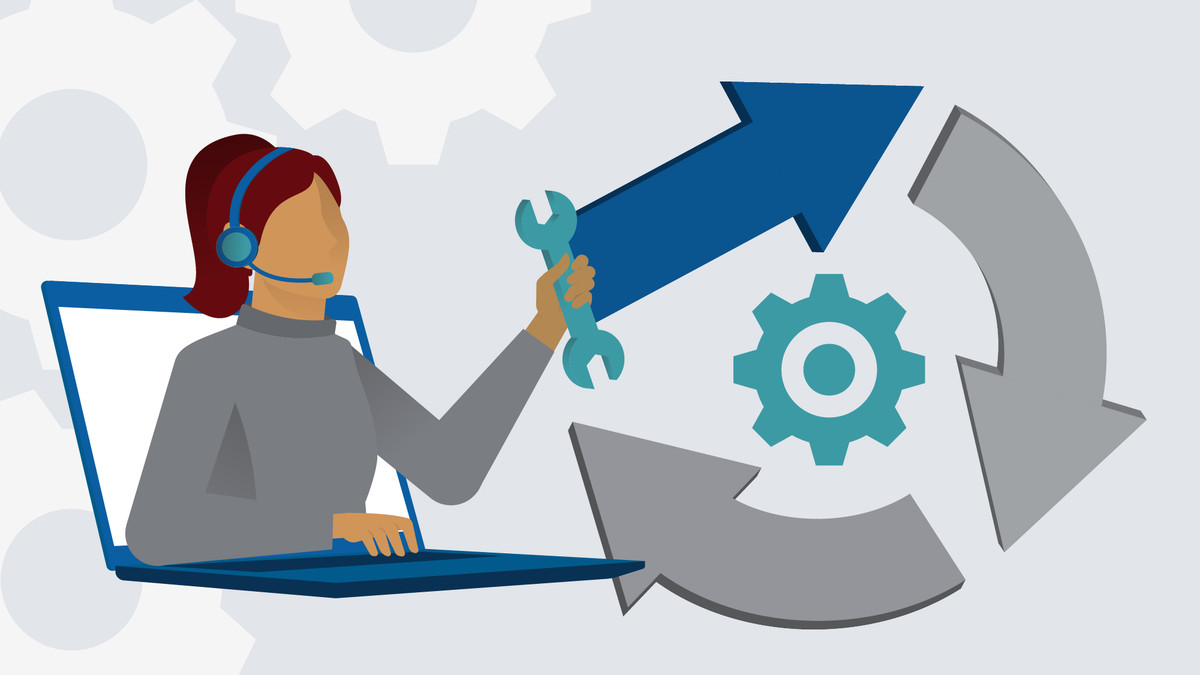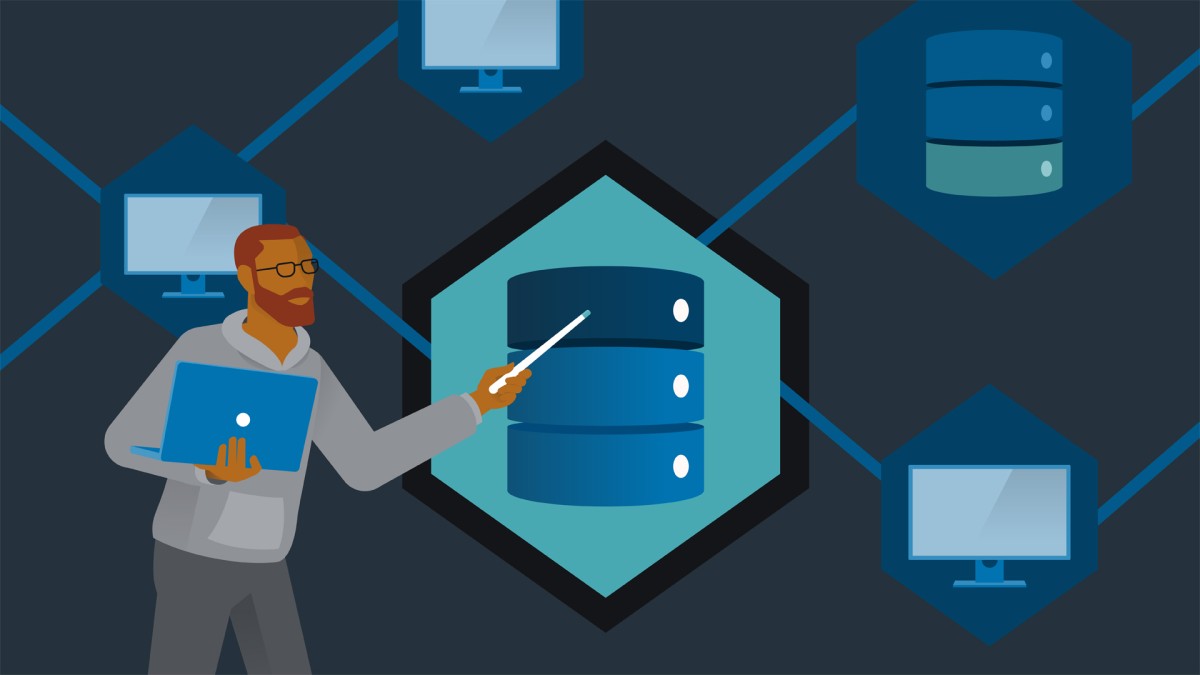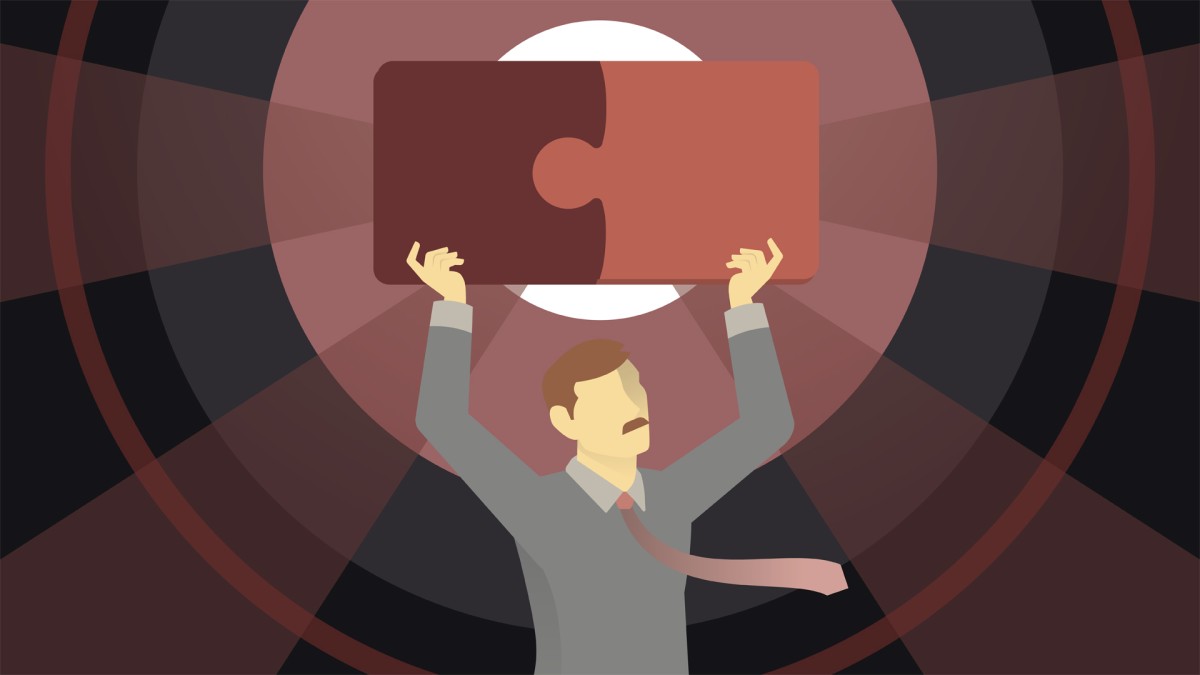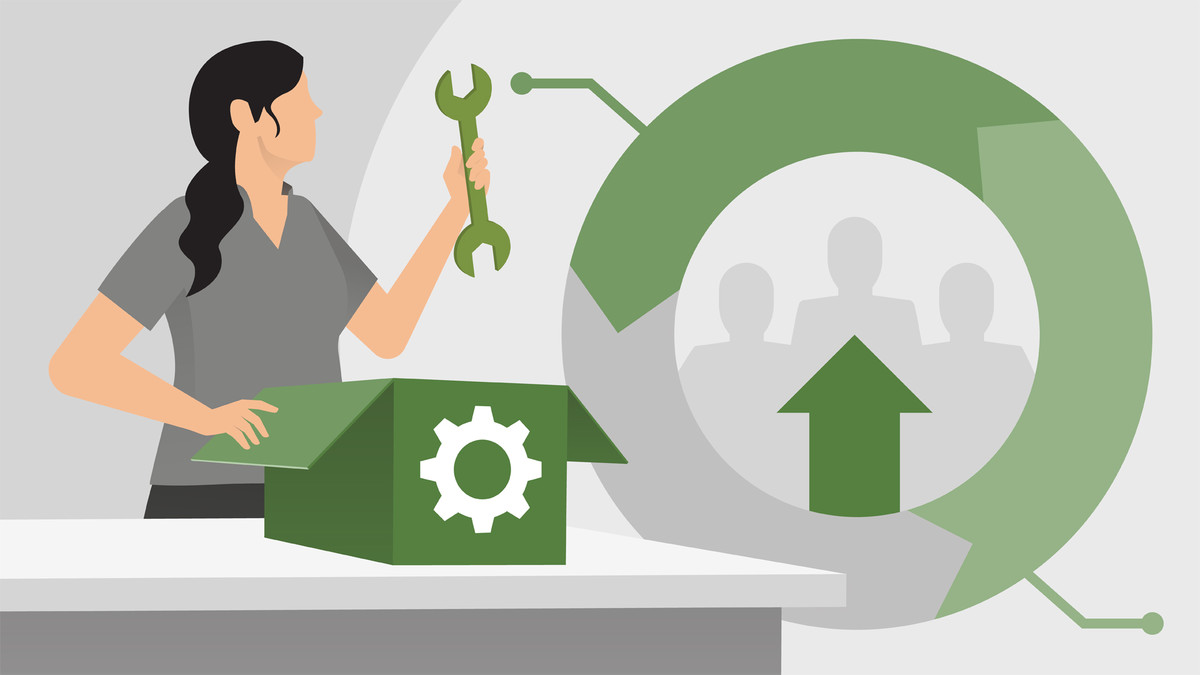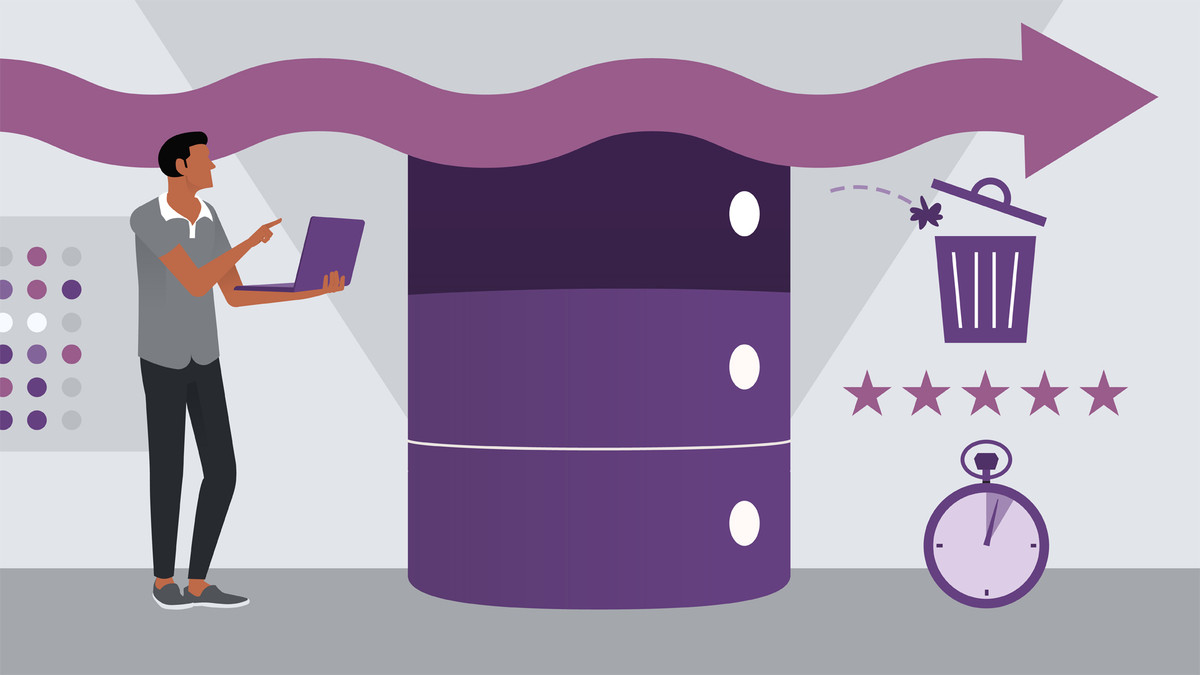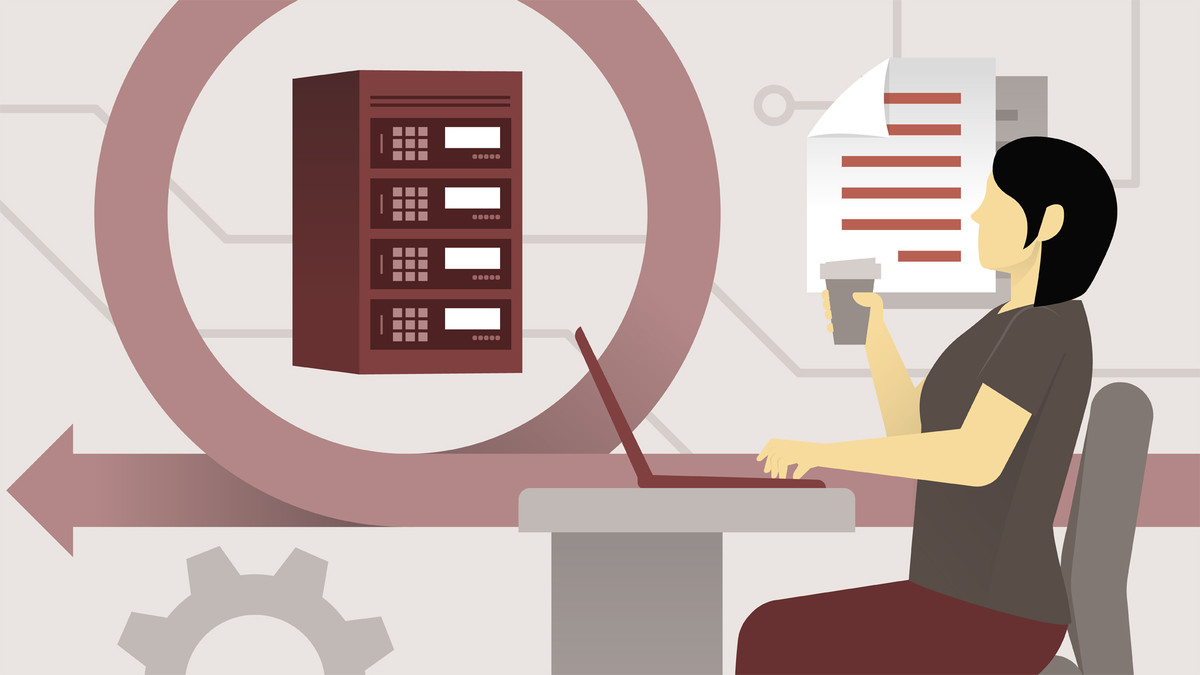آموزش پیاده سازی ITIL® در عمل: به کارگیری مفاهیم پایه ITIL® 3
دانلود فایل فشرده
با توجه به امکانات آموزش و همچنین امکانات بسته انتخاب شده لینک دانلود فایل فشرده آماده خواهد شد. با در نظر داشتن این شرایط لطفا بسته مورد نظر خود را انتخاب کرده و روی دکمه درخواست لینک دانلود کلیک کنید
درخواست لینک دانلود
لطفا قبل از فعالسازی لینک دانلود به موارد زیر توجه کنید:
- پسورد فایلهای فشرده است.
- لینکهای آماده شده تا 8 روز پس از فعالسازی منقضی خواهند شد.
- حجم فایلها تخمینی هستند.
- در صورتی که لینک دانلود تا 15دقیقه پس از درخواست آماده نشد، از بخش پشتیبانی پیگیری نمایید.
یکی از مهمترین مشکلات افرادی که از آموزش های آنلاین استفاده می کنند این است به دلیل تعداد زیاد این آموزش ها، کاربر دچار سردرگمی شده و نمی داند از کدام آموزش بهتر است شروع کند و یا با کدام آموزش ها مهارت های خود را ارتقا دهد. داشتن یک برنامه آموزشی گام به گام میتواند کاربران را از این مشکلات رها کند. در واقع مسیرهای یادگیری مجموعه ای از آموزش ها هستند که به ترتیب اولویت در کنار هم قرار گرفته اند تا کاربران را از این سردرگمی ها نجات دهند. این مسیرها در موضوعات مختلفی دسته بندی شدهاند که در زیر، لیستی از همه دسته بندی مسیرهایی که توسط سایت لیندا ارائه شده اند را می توانید مشاهده کنید.
آموزش Putting ITIL® Into Practice: Applying ITIL® 3 Foundation Concepts در 1 مسیر آموزشی قرار دارد. تخصص مورد نظر خود را انتخاب کنید، با مسیر یادگیری آن همراه شوید و حرفه ای شوید.
ITIL® یک چارچوب محبوب برای مدیریت خدمات فناوری اطلاعات است. این مسیر یادگیری برای آماده سازی شما برای گواهینامه های محبوب بنیادها و همچنین ارائه مشاوره در مورد نحوه اجرای آن در دنیای واقعی و به طور کلی تراز کردن بهتر خدمات فناوری اطلاعات با نیازهای کسب و کار شما طراحی شده است.
آموزش پیاده سازی ITIL® در عمل: به کارگیری مفاهیم پایه ITIL® 3 ، ایستگاه شماره 1 در مسیر یادگیری مهارت های ITIL® خود را بهبود بخشید ، است.
